Imagine being able to put your message in front of potential customers precisely when they’re looking for what you offer. That’s the power of PPC (pay-per-click). Over the course of this guide, we’ll explore the ins and outs of PPC, from setting clear goals to finding the perfect keywords, crafting irresistible ad copy, and managing your campaigns like a pro. We’ll also dive into testing and optimisation.
By the end of this guide, you’ll be equipped with the knowledge and tools to dive into the world of PPC advertising and make it work wonders for your business.
What is PPC Advertising?
As we mentioned, PPC is a way for businesses to put their ads in front of potential customers online, and you guessed it, you pay every time someone clicks on your ad.
The beauty of it is you’re not just throwing your message out into the abyss and hoping it sticks. With PPC, your ad shows up when people are actively searching for something related to your business. It’s like having a magic billboard that only appears when someone who’s genuinely interested in what you offer walks by.
Let’s break it down further. When you run a PPC campaign, you bid on specific keywords or phrases. These are the terms that people type into search engines like Google. When someone searches for those keywords and your bid is competitive, your ad gets displayed at the top of the search results or on other relevant websites.
Why is this so cool for businesses? Well, it’s incredibly targeted. You’re not wasting your ad budget on people who have zero interest in your products or services. You’re honing in on the folks who are already in the market for what you’re selling.
But there’s more to it than just showing up in search results. PPC advertising also pops up on social media platforms and various websites, expanding your reach far beyond traditional advertising methods.
Plus, it’s flexible. You have control over your budget, and you can tweak your campaigns on the fly. If something’s not working, no problem – you can adjust and optimise in real-time.
Setting your PPC goals
Now that we’ve got the lowdown on what PPC is, let’s talk about setting your goals. These will guide your campaign and help you measure your success. Remember that your goals will depend on your business, your industry, and your unique aspirations.
Common PPC goals include
- Lead generation: If you’re looking to build your email list or get potential customers to sign up for more info.
- Sales: When you want those virtual cash registers ringing.
- Brand awareness: Maybe you’re not selling directly but want people to know and remember your brand.
- Website traffic: If you’re all about getting visits to your site.
- App downloads: Perfect for businesses with mobile apps.
- Phone calls: For the old-school folks who prefer a good chat over the phone.
Here’s a tip. Make them SMART: Specific, Measurable, Achievable, Relevant, and Time-bound. This is a practical way to make sure your goals are crystal clear and attainable.
Don’t be tempted to set too many goals at once. It’s better to focus on a couple of key objectives, and nail them, and then set new ones.
Keyword research and selection
The trick with PPC is to figure out which keywords are a perfect match for your business. This is where keyword research comes into play. You want keywords that are not only related to your business but also have search volume. In other words, people are actually looking for them. A keyword like “unicorn grooming” might be fun, but if no one’s searching for it, it won’t help your unicorn-themed bakery.
Keyword research tools, like Google’s Keyword Planner, can be helpful. It’ll show you which keywords are popular and how competitive they are. You can also spy on your competitors to see what keywords are working for them.
Once you’ve done your research, it’s time for keyword selection. This is where you choose the keywords you’ll bid on in your PPC campaign. Aim for a mix of high-potential, high-traffic keywords and some long-tail keywords (more specific phrases). This balance helps you reach a broader audience while also targeting folks who are closer to making a decision.
Think of it like creating a menu for your restaurant – you want variety to cater to different tastes.
Crafting compelling ad copy
So, what makes ad copy compelling? Well, it’s a blend of creativity and strategy.
- Start with a captivating headline. It’s got to grab attention. Use your keywords, make an offer, or ask a thought-provoking question.
- Highlight the benefits. What’s in it for the customer? Tell them. Are you offering a solution to their problem, a discount, or an exclusive deal? Make it crystal clear and appealing.
- Keep it snappy. Remember, space in ad copy is limited. You’ve got to deliver your message in a concise and persuasive way. Use action words and get to the point.
- Include a call to action (CTA): What do you want people to do? Click for more info, sign up for a newsletter, or buy now. Your CTA guides the user’s next step.
- Use ad extensions: These are bonus features for your ad. You can add extra information, such as site links, location information, or phone numbers.
Campaign setup and management
Now, it’s time to prepare the ads and manage the operation.
- Campaign creation: Your first step is to create your PPC campaign. Choose your platform (Google Ads, Bing Ads, Facebook, or whichever fits your audience best) and set your budget.
- Ad groups: Each ad group focuses on a specific set of keywords related to a particular offering. This makes it easier to tailor your ads to what customers are searching for.
- Bidding strategies: How much are you willing to pay for each click (CPC)? This is where you set your bids. Platforms offer various bidding strategies, like manual bidding, automatic bidding, or even enhanced CPC. You can choose what aligns with your goals and budget.
- Ad copy deployment: Now’s the time to deploy them in your ad groups. Each ad should match the keywords and intent of your audience.
- Targeting: PPC platforms allow you to define your target audience. You can get specific with demographics, location, and even device type.
- Conversion tracking: Just as you’d keep track of how many customers walk in and make a reservation, in the digital world, you need to track conversions. These could be sign-ups, purchases, or whatever your goal is. Conversion tracking helps you measure success.
- Ongoing management: PPC campaigns require ongoing management. Keep an eye on performance, adjust your bids, and tweak your ad copy as needed.
- Testing and Optimisation: Don’t be afraid to experiment. Try different ad copy, landing pages, or bidding strategies. You want to keep things fresh and appealing.
Remember, PPC is an evolving process. Your campaign isn’t set in stone. It’s more like a living, breathing entity that you nurture and refine as you go. Stay engaged, track your results, and adapt your strategy as needed.
A/B testing and optimisation
In the PPC world, it’s not just about setting things up and crossing your fingers. It’s about tweaking, refining, and making your campaigns perform like a finely tuned engine.
That’s where A/B testing and optimisation come into play.
What’s A/B testing?
In PPC, it means creating two (or more) versions of an ad or a landing page to see which one performs better.
What Can You Test? Pretty much anything. Headlines, ad copy, images, call-to-action buttons, landing page layouts, and more. It’s all about figuring out what resonates with your audience.
Start with small, manageable changes. Test one thing at a time – like a new headline or a different CTA. This way, you’ll know exactly what’s making a difference.
Analyse and Optimise
Look at the data. Which version got more clicks? Which one had a higher conversion rate? Take the winner and make it your new control. Then, start another test.
A/B testing and optimisation are ongoing processes. What works today might not work tomorrow. So, keep experimenting, keep evolving, and keep your campaign fresh.
Cost control
We’ve created an easy list of practical advice on how to make every penny count.
- Set a realistic budget: You can’t spend more than you’ve got. So, set a budget that aligns with your business goals.
- Watch the clicks: Remember, you pay for each click. So, keep an eye on that CPC (Cost Per Click). High CPCs can drain your budget fast.
- Dayparting and scheduling: Depending on your business, not all hours of the day are created equal. Consider scheduling your ads to run during peak times when your audience is most active.
- Geo-targeting: If your business is local or regional, don’t waste money on clicks from far-off lands. Narrow down your audience to the areas that matter most.
- Negative keywords: These little gems prevent your ads from showing up for irrelevant searches. They’re like the bouncers at a club, keeping out the party crashers.
- Daily and monthly limits: Set daily and monthly budget caps to avoid any budget blowouts.
- Track ROI: At the end of the day, what matters is the return on your investment. Keep a close eye on which keywords, ads, and campaigns are effective.
- Scaling smartly: When things are working and you’re getting a good ROI, consider scaling up your budget. But do it in a controlled, measured way.
- Keep an emergency fund: Just like in real life, unexpected things can happen. Having a bit of budget padding for surprises is a smart move. It’s your rainy-day fund.
Becoming a PPC pro
We’ve clarified the concept of PPC advertising, explored the importance of setting clear goals, delved into the art of keyword research, and discussed the craft of creating compelling ad copy. Among other useful insights, you’ve learned how to set up and manage campaigns and the power of A/B testing and optimisation.
To excel in this arena, you’ll need to stay engaged, continuously monitor your campaigns, and embrace a spirit of experimentation. Remember, consumer behaviour changes, platforms evolve, and new trends emerge. Stay curious and open to trying new approaches. Whether you’re looking to generate leads, boost sales, or increase brand visibility, PPC can be a potent tool in your marketing arsenal. And, if you would like a hand getting started, we can help.







